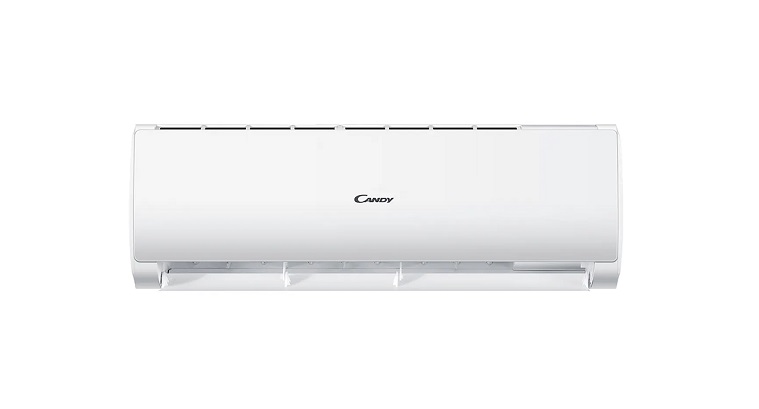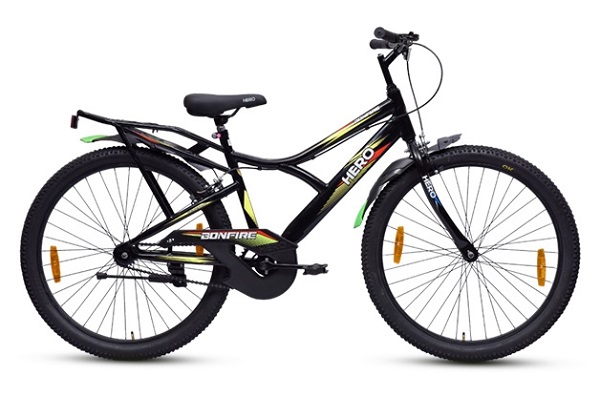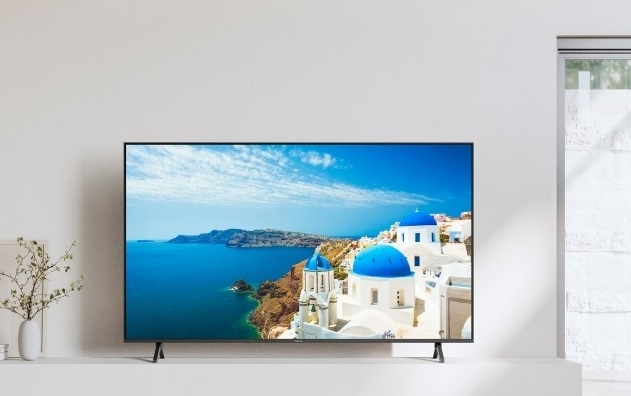The Science Behind 1.5 Ton Inverter AC: How It Keeps Cooling Smart

Air conditioning has long been a cornerstone of modern living, transforming hot, humid days into moments of comfort and relief. Over the years, AC technology has evolved from bulky window units to energy-efficient split systems that blend seamlessly into our homes. At the forefront of this innovation is the 1.5 ton inverter AC, a cooling system designed not just to maintain temperature but also to operate intelligently, adjusting to our needs while minimizing energy consumption.
But what exactly makes this appliance “smart”? Why does it stand apart from traditional models? And what role does engineering science play in making it so efficient? This article takes a deep dive into the mechanics, design, and benefits of inverter air conditioners, unraveling how they redefine cooling in today’s world.
Understanding the Basics of Air Conditioning
Before exploring the inverter system, it’s important to understand how conventional air conditioning works. At its core, an AC system follows a refrigeration cycle that involves four major components:
- Compressor – Compresses refrigerant to high pressure.
- Condenser – Releases heat from the refrigerant into the outside environment.
- Expansion Valve – Lowers the pressure of the refrigerant.
- Evaporator Coil – Absorbs heat from indoor air to cool it.
This cycle repeats continuously, ensuring cool air is circulated indoors.
In traditional fixed-speed ACs, the compressor works at full capacity until the desired temperature is reached, then shuts off. Once the temperature rises again, the compressor restarts. This on-off cycle consumes more energy and puts strain on the system, often leading to higher bills and reduced lifespan.
The Inverter Revolution
What sets the 1.5 ton inverter AC apart is its variable-speed compressor. Unlike conventional systems that switch on and off, inverter ACs adjust the compressor speed in real-time. If the room is very hot, the compressor speeds up; once the temperature nears the desired level, it slows down without turning off completely.
This continuous modulation ensures consistent cooling, reduces temperature fluctuations, and optimizes energy usage. It’s like cruise control in a car, once you set the speed, the system adjusts automatically to keep it steady, improving efficiency.
Why 1.5 Ton? The Science of Sizing
The term “1.5 ton” refers not to the physical weight of the unit but to its cooling capacity. One ton of cooling equals the amount of heat required to melt one ton of ice in 24 hours. A 1.5 ton inverter AC provides enough cooling for medium-sized rooms, typically between 150 to 180 square feet.
This capacity is ideal for most bedrooms or living rooms in urban homes. It’s a balance, large enough to ensure rapid cooling but not oversized, which could lead to unnecessary power consumption. Choosing the right tonnage is critical, as undersized units struggle to cool efficiently, while oversized units waste energy.
Smart Cooling Through Inverter Technology
The real brilliance of inverter technology lies in how it maintains comfort. Let’s break down the science:
- Thermal Load Detection: Sensors measure room temperature and compare it with the set temperature.
- Variable Compressor Operation: Based on the difference, the compressor adjusts its speed rather than switching off.
- Stable Temperature: The result is consistent cooling without the uncomfortable highs and lows of traditional systems.
- Energy Optimization: By avoiding repeated start-stop cycles, the system reduces electricity consumption significantly.
This intelligent cooling not only improves comfort but also reduces wear and tear, prolonging the system’s life.
Energy Efficiency: The Key Advantage
One of the strongest reasons for the popularity of inverter systems is their energy efficiency. In traditional units, compressors running at full capacity consume more power during every restart. In contrast, inverter compressors consume only the energy required to maintain the desired temperature.
Studies have shown that inverter ACs can save up to 30-50% more energy compared to non-inverter models. This makes them a practical choice in regions with high electricity costs or frequent AC usage.
Noise Reduction and Comfort
Another major advantage lies in noise control. Conventional ACs produce noticeable sound whenever the compressor switches on. This can be disruptive, especially in bedrooms during the night.
Since inverter compressors never shut off entirely, they operate at lower speeds most of the time, drastically reducing operational noise. Combined with advanced fan designs and insulated units, the result is whisper-quiet performance.
For users, this means uninterrupted sleep, peaceful work-from-home sessions, or simply enjoying a quiet environment without the constant hum of machinery.
Longevity and Reliability
The start-stop cycle of conventional ACs puts stress on their components, particularly the compressor. Frequent surges of power can lead to overheating and premature wear.
Inverter ACs avoid this problem by running continuously but at variable speeds, leading to fewer mechanical stresses. This translates into longer lifespans and reduced maintenance requirements. Many manufacturers now back inverter compressors with extended warranties, highlighting their confidence in the technology’s durability.
Seasonal Adaptability
One of the unique aspects of inverter technology is its adaptability across seasons. While summer requires high cooling power, monsoon seasons often need dehumidification, and mild winters may call for moderate heating (in models with heat pump functions).
The 1.5 ton inverter AC adjusts effortlessly to these variations, ensuring year-round usability. This adaptability makes it a practical investment compared to devices limited to a single function.
Environmental Impact
In today’s eco-conscious world, energy consumption is closely tied to sustainability. Inverter technology aligns with these goals by reducing electricity usage and incorporating eco-friendly refrigerants. Lower power consumption means reduced demand on power plants, which helps cut down on greenhouse gas emissions.
By choosing an inverter system, households can reduce their carbon footprint while also enjoying lower utility bills—a win-win situation for both consumers and the planet.
Case Study: Smart Cooling with Candy AC
When discussing practical examples, Candy AC provides an excellent case study in balancing performance, design, and affordability. Their inverter units are equipped with advanced features like high-efficiency compressors, precise temperature controls, and user-friendly interfaces.
Unlike some premium brands that focus solely on luxury pricing, Candy has positioned its ACs as accessible without compromising technology. By integrating inverter science into their product line, they’ve made energy-efficient cooling available to a wider audience, demonstrating how smart engineering can deliver comfort across market segments.
For urban families, this makes Candy a reliable choice, offering the right mix of cooling efficiency, durability, and affordability.
Conclusion
The 1.5 ton inverter AC is more than just another cooling appliance, it’s a marvel of engineering designed to provide consistent comfort, reduce energy consumption, and adapt intelligently to user needs. Its ability to adjust compressor speed ensures smoother operation, quieter performance, and lower costs over the long term.
Brands like Candy AC are making this advanced technology accessible to everyday households, showing that smart cooling doesn’t need to come with an overwhelming price tag. By combining energy efficiency, environmental responsibility, and long-lasting durability, inverter air conditioners represent the future of home comfort.
As climate challenges grow and energy demands rise, embracing technology that balances comfort with sustainability is no longer optional, it’s essential. And at the center of this shift lies the science of inverter cooling, a quiet revolution transforming how we experience air conditioning.

 English
English 



